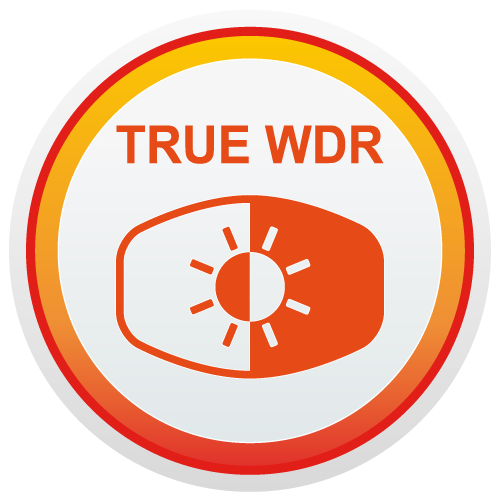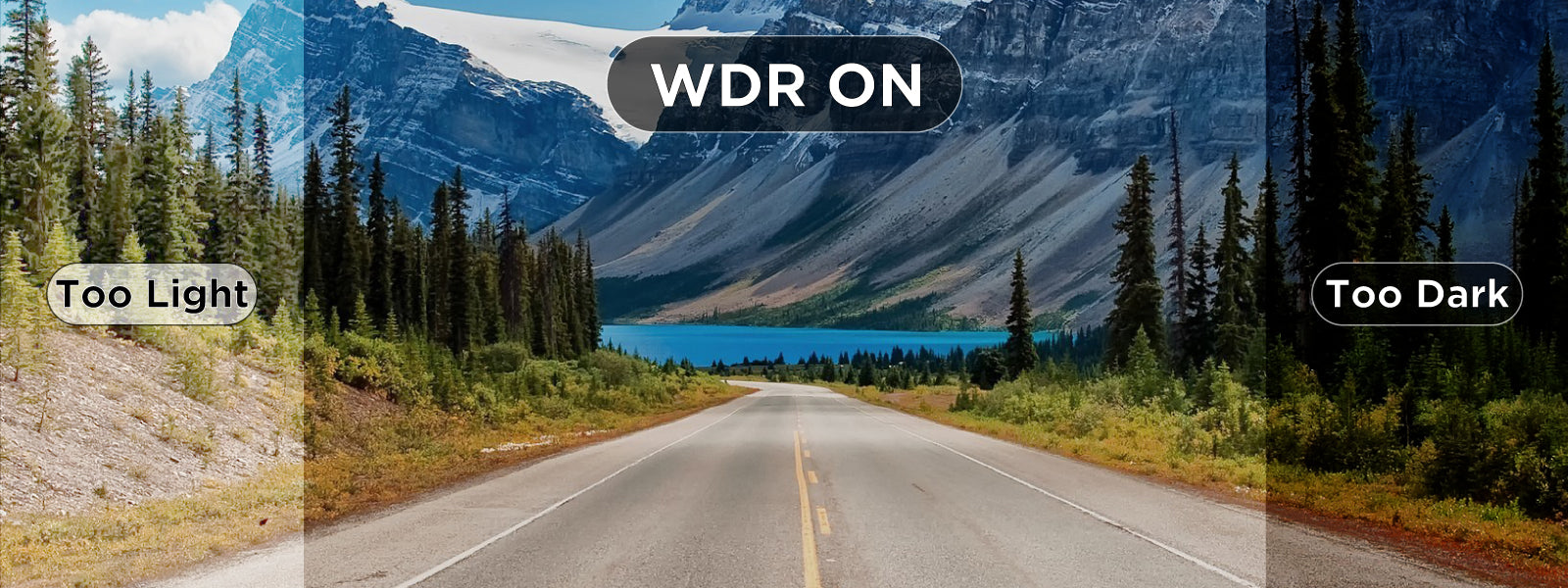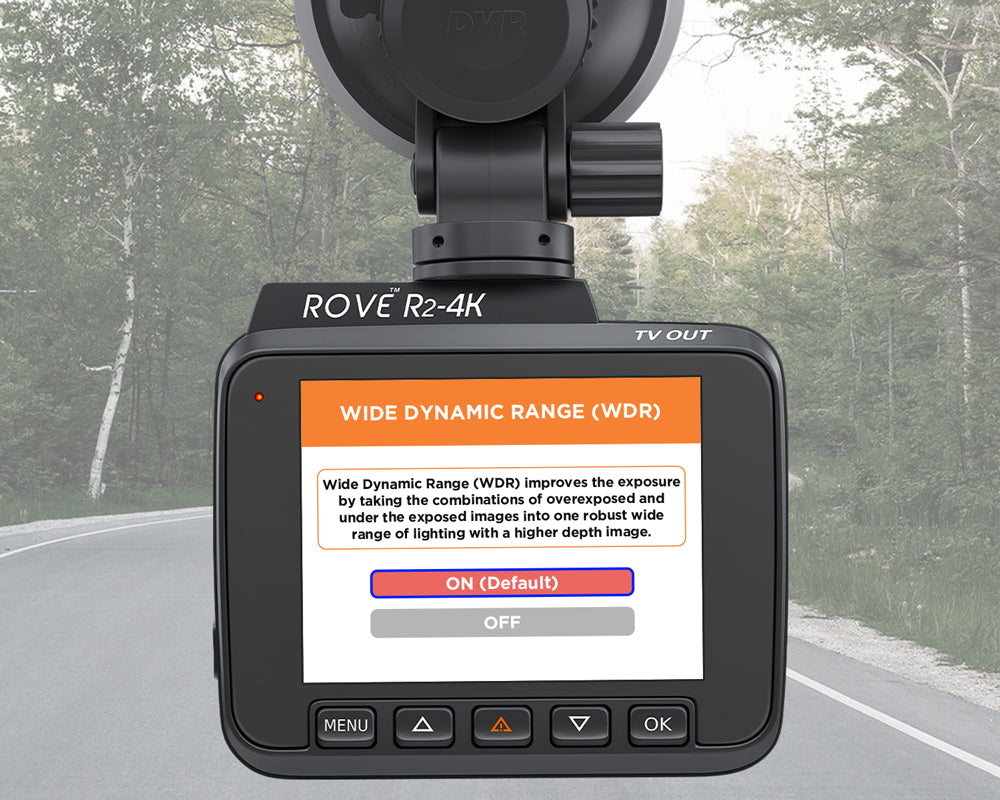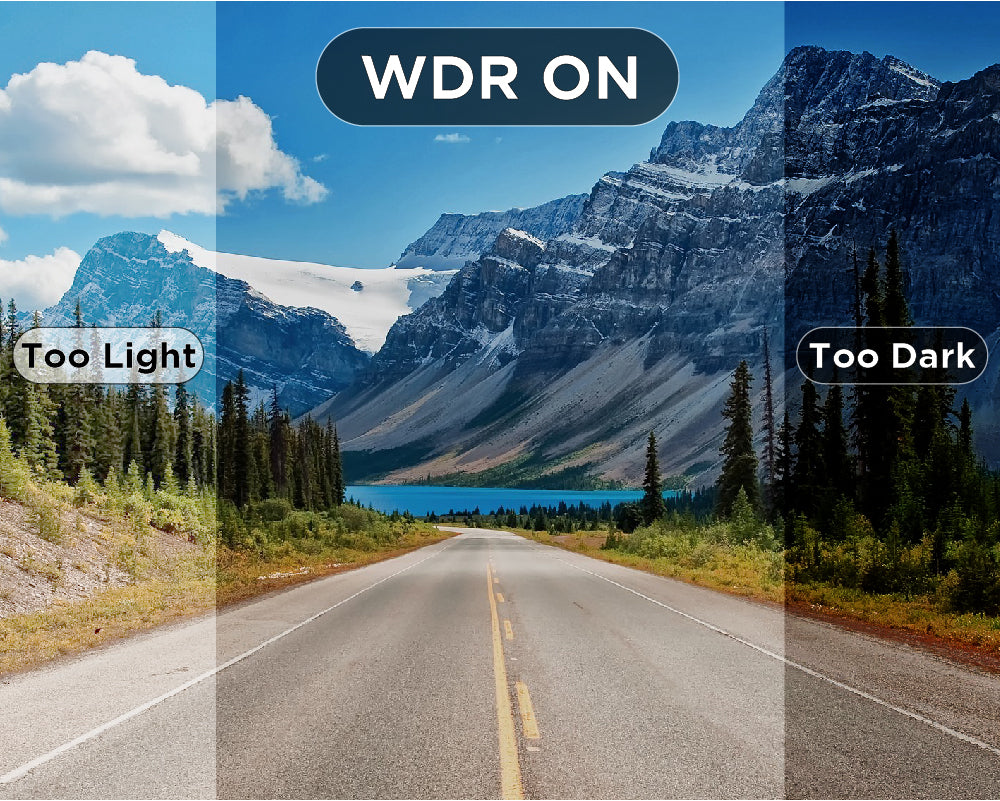Wide Dynamic Range (WDR)
The Wide Dynamic Range feature in our ROVE R2-4K dashcam lets you record clear and precise footage in contrasting locations. The WDR allows the Dashcam to process multiple brightness levels to produce one superior image. This feature increases the ability to view and distinguish critical elements in the footage, ultimately helping you on insurance claims and law enforcement cases.


What is Wide Dynamic Range (WDR) in Rove R2-4K dashcams?
Rove R2-4K dash camera includes a sensor called WDR (Wide Dynamic Range). WDR coordinates and adjusts all of the angles and distortions that come with a vehicle taking pictures under differing light conditions.
WDR purifies images to assure the precise capturing of backgrounds that combine bright and dark lights.
The WDR sensor in Rove R2-4K Dash Cam captures better detail in contrasting light situations. It enables the dashcam to capture several images at different brightness levels – to generate one excellent image.
WDR was created for conditions that have a considerable variation in background brightness levels. This benefits while viewing number plates at night, which can be difficult when plates are reflective. WDR enhances the clarity of the image.
This is essential for documenting proof to an insurance firm or the police in the event of an accident.
In short, this feature improves the capability to observe more significant details and differentiate elements in an image.
Listed below is a detailed explanation to get a better understanding of the comprehensive dynamic range feature.


What is Wide Dynamic Range (WDR) in my camera? — A detailed explanation.
WDR stands for Wide Dynamic Range. It is an advanced technology -- that assists in counteracting the problems with exposure to light. Significant decompensation appears in the captured image in shady-bright locations if you use the standard mode instead of WDR.
Employing this WDR technology, the camera equalizes the brightness level for the images. It creates a balance between brightness and darkness to enhance image quality, which helps attain a more consistent result.
Here is an example of the benefit of WDR technology.
When you drive your car inside a tunnel, it appears as a combination of dark and luminous.
Suppose your dashboard camera records videos under these circumstances without WDR. In that case, you will discover that a particular portion of the video is very dark and another is very bright.
This issue primarily damages essential details in the darker part -- which results in a security breach. In comparison, the WDR technology enables your dash camera to achieve a balance between darkness and brightness. And record videos in a uniform brightness level without losing details.
